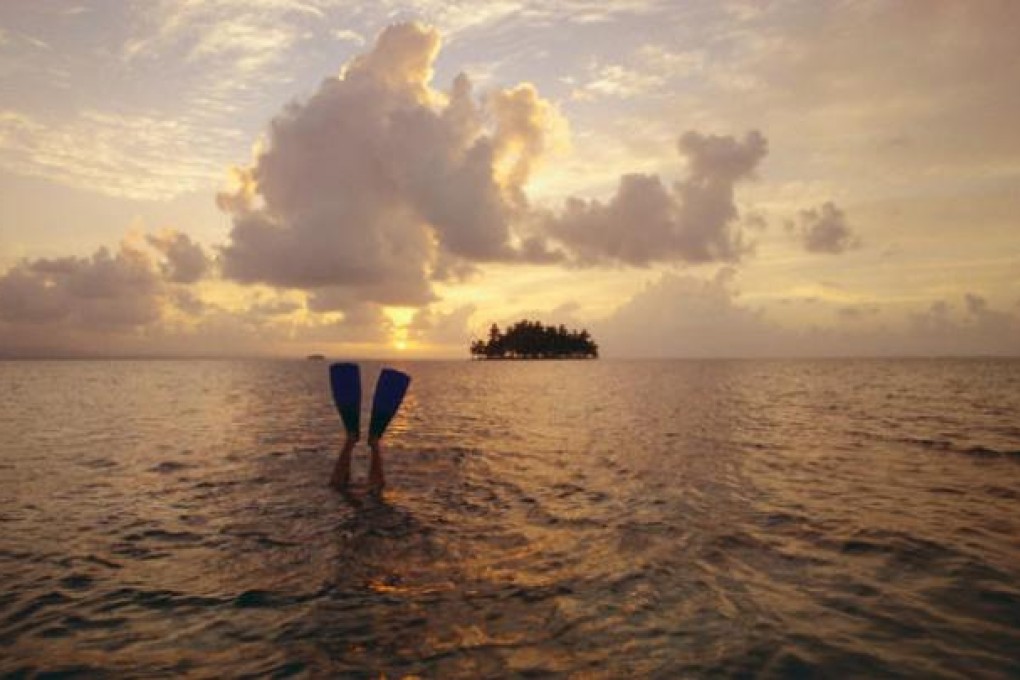Sailing through the San Blas Islands
Bypassing the jungle of the Darien Gap, Cameron Dueck sails to South America through the idyllic but 'dangerous' San Blas archipelago

A fierce sun ricochets off the white deck. Ahead, behind and to both sides of the yacht, all is calm aquamarine, barely rippling in the tropical breeze. A few low-lying, palm-crowned islands hover on the shimmering horizon.
As far as the eye can see, there are no pirates, crocodiles or naked natives daubed in war paint. There are no suspicious-looking speedboats skimming the sea, packages of cocaine floating in their wake. Just the endless, peaceful Caribbean Sea.
Nevertheless, these waters, off the coast of Panama, and the San Blas Islands that dot the horizon, have a colourful reputation for piracy, and crime ebbs and flows in this region even today. I didn't have much choice but to sail through these pristine, remote Caribbean islands, though, in order to get from Panama to Colombia.
The Darien Gap, a 160-kilometre swathe of dense jungle that straddles the border between those countries, stands in the way of an overland crossing between Central and South America. The Gap has been crossed, but fearsome Colombian rebel fighters, mountainous rain forest and treacherous swamps - not to mention the lack of any road - have deterred all but the hardiest adventurers and a few fanatical missionaries.
OK, I did have choices; but for the same amount of money it would have cost to fly - about US$400 - you can take a sailing cruise.
Jacqueline is a 56-foot catamaran and, although she could easily get us to Colombia's colonial port of Cartagena in three days, we've decided to extend the trip to explore San Blas, a Panamanian archipelago of nearly 400 islands and cays, of which only 49 are inhabited.